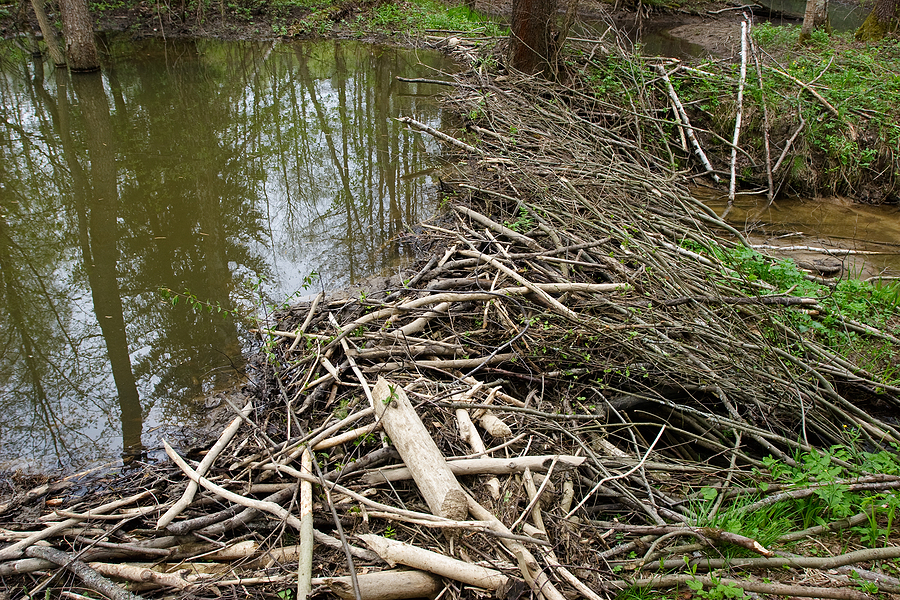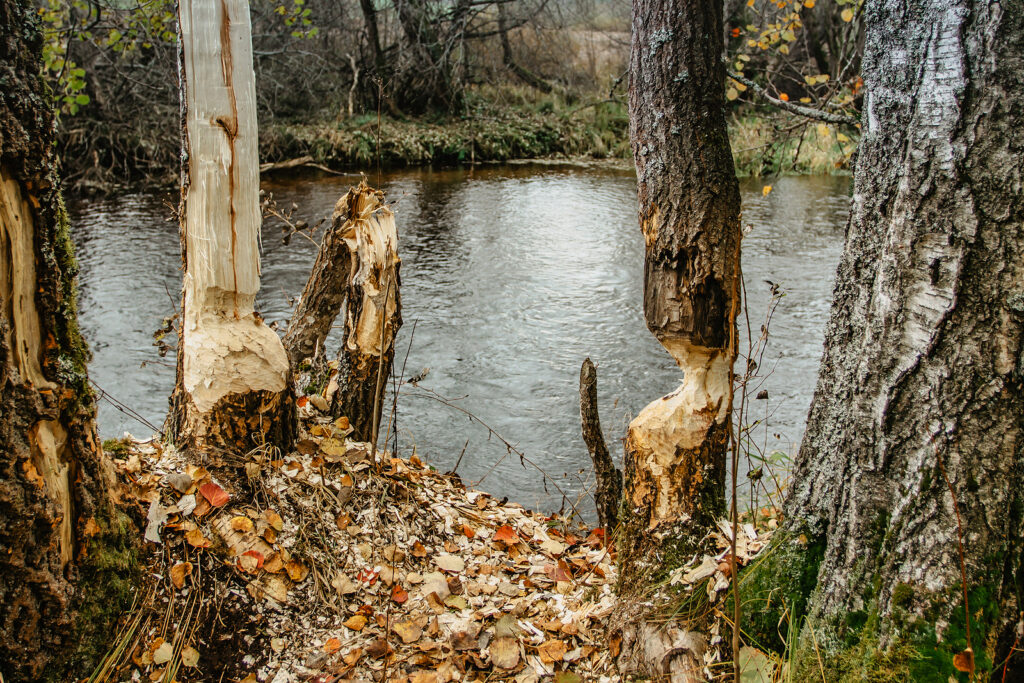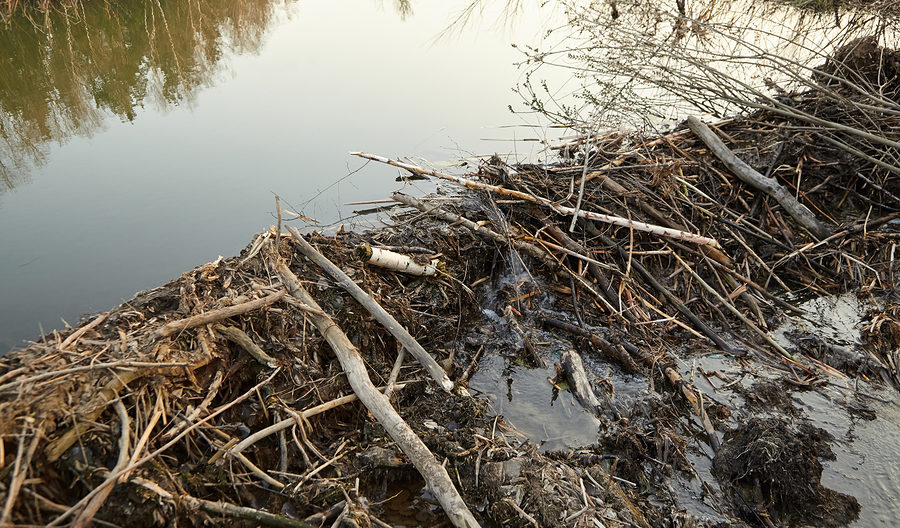Beavers, those industrious, semi-aquatic rodents, are renowned for their dam-building activities. While their engineering feats are often admired, these structures can pose significant challenges for the surrounding ecosystem and human habitation. Understanding the implications of beaver dams is not just relevant, but necessary for effective beaver control and removal.
This blog post aims to delve into the world of beavers and their dams, highlighting the problems they cause, and exploring potential solutions. So, whether you’re an ecologist, a curious nature enthusiast, or someone contending with a beaver dam dilemma, read on to unravel the intricacies of beaver control and removal.

The Importance of Beavers and Their Dams
Before we dive into the problems caused by beaver dams, it’s essential to acknowledge the vital role these creatures play in their ecosystem. Beavers are considered a keystone species, meaning they have a significant impact on their environment and are crucial for maintaining their balance. They create wetland habitats that support a diverse range of plant and animal species, including endangered ones. Additionally, beaver dams can improve water quality by trapping sediment and pollutants, making them an essential component in regulating the health of aquatic systems.
The Problems with Beaver Dams
Despite their positive contributions to the environment, beavers can also create significant challenges for landowners and other wildlife. Their dam-building activities can cause flooding and block water flow, which can result in waterlogged fields, damage to infrastructure, and erosion of stream banks. This can be particularly problematic for areas where human settlements and agricultural activities are concentrated. Furthermore, the flooded areas created by beaver dams can become breeding grounds for mosquitoes and other disease-carrying insects.
What Can Be Done About Beaver Dams?
The removal of beaver dams is a contentious issue, as it involves balancing the needs and interests of various stakeholders. While there are instances where removing a beaver dam may seem like the only solution, it’s crucial to consider the potential consequences carefully. In some cases, removal can lead to increased conflict with beavers, who will then attempt to rebuild their dam or find a new location, perpetuating the cycle of disruption. Additionally, removing beaver dams can have a detrimental impact on the ecosystem by disrupting the natural flow of water and affecting the species that rely on it.
Alternative Solutions for Beaver Control
Fortunately, there are alternative critter control solutions for managing beavers and their dams – solutions that can mitigate their negative impacts while still recognizing their crucial role in the ecosystem. For example, installing devices called “beaver deceivers” can help control the water level behind a beaver dam without removing the structure entirely. This device allows water to flow through while preventing beavers from plugging up the culverts with branches and debris. Other methods include fencing off areas vulnerable to flooding, implementing habitat management techniques that encourage beavers to build their dams in locations less likely to cause conflict, and the most effective, professional critter control services.
Final Thoughts
Beavers and their dams are a complex issue that requires careful consideration and management. While their activities can create problems for human settlement and agricultural activities, they also play an essential role in maintaining the health of ecosystems. Instead of viewing beaver control as a black-and-white issue, it’s necessary to find solutions that balance the needs of all stakeholders and promote coexistence with these amazing creatures. So, whether you’re a landowner or a lover of nature, remember that there are ways to unravel the challenges posed by beavers without disrupting their vital contributions to our environment.
When nothing seems to keep nuisance wildlife away, you need professional animal removal service. Contact Budget Animal Removal at 615-337-9165 for TWRA licensed and insured Nashville, Tennessee critter control services you can afford. We use safe and humane methods of beaver dam removal and beaver control. Plus, we serve both residential and commercial customers.
Related Posts:
How to Safely and Effectively Control Beavers on Your Property
What You Need to Know About Beaver Dam Removal
The Definitive Guide to Muskrat Control



